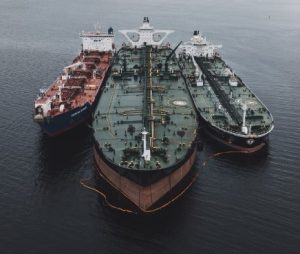For entities involved in the maritime and other transportation industries, adherence to appropriate compliance policies and procedures will reduce the risk of sanctions and export controls violations and evasion and will help ensure secure and transparent shipping practices.
Department of Commerce, Department of the Treasury, Department of Justice, Department of State, and Department of Homeland Security release-publish a Quint-Seal Compliance Note related to tactics commonly deployed by malign actors and steps that the maritime and other transportation industries can take to ensure compliance with U.S. law. More specific, appropriate compliance measures are required that protect against the following practices, especially when doing business in high-risk areas and categories of cargo:
– Manipulating location or identification data 
– Falsifying cargo and vessel documents
– Ship-to-ship transfers
– Voyage irregularities and use of abnormal shipping routes
– Frequent registration changes
– Complex ownership or management
Individuals and entities who participate in maritime and other transportation industries should implement and strengthen compliance controls as necessary. Such controls are especially critical when operating near or in geographic areas determined to be high-risk or when dealing with counterparties who demonstrate anomalous behavior that may be indicative of deceptive shipping. A non-exhaustive list of compliance practices that may assist in identifying potential regulatory evasion efforts includes the following:
– Institutionalizing sanctions and export control compliance programs
– Establish location monitoring best practices and contractual requirements
– Know your customer
– Exercise supply chain due diligence
– Industry information sharing
Source: www.ofac.treasury.gov
Contact us to receive a professional advisory in your area of interest
